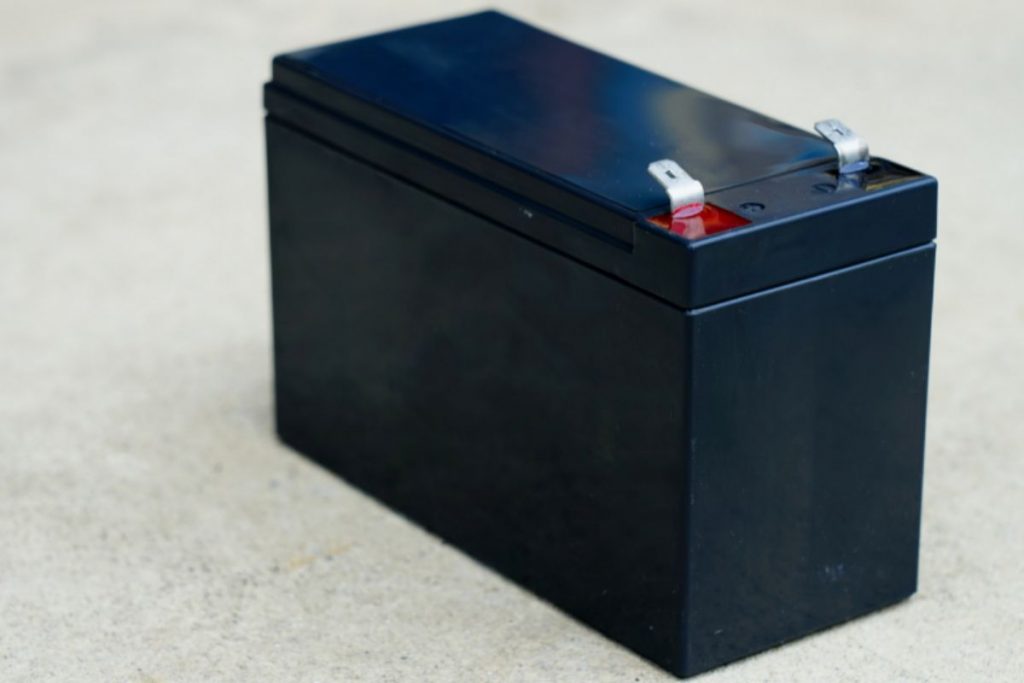Marine House Battery Bank For Power Or Sailing Vessels
Seastar Battery, a prominent lithium battery manufacturer based in Shenzhen, China, The article focuses on the use of Lifepo4 Start batteries in marine house battery banks for power or sailing vessels.
Marine House Battery Bank For Power Or Sailing Vessels
The electrical system of a cruising powerboat or sailing vessel relies on a dedicated bank of “House” batteries, specifically designed for deep cycling. These batteries provide power to essential equipment such as GPS devices, electronics, radios, cabin and navigation lights, water systems, head and bilge pumps, as well as other dual power (AC/DC) appliances like refrigeration units. The AC system, on the other hand, is powered by either shore power or an onboard generator, supporting devices such as electric stoves, ovens, TVs, cabin heaters, and HVAC units. Inverter chargers can also power dual-power AC/DC refrigeration systems and straight AC loads like microwaves and TVs.
The house batteries are charged by the alternator, typically after the starter batteries have been fully charged. When the vessel is connected to shore power or the generator is running, any excess AC power is automatically shared with the inverter charger to recharge the 12-volt house battery system. It is crucial for the house batteries to support the surge current required by the inverter during load start-up. Monitoring the State of Charge (SoC) becomes highly beneficial in this context.
The starting batteries, responsible for consistently delivering high Cold Cranking Amps (CCA), need to withstand varying temperatures and vibrations. In addition to cranking the engine, they must possess High-Cycle Reserve Capacity (RC) to support special equipment such as winches and thrusters when the engine is off. The engine alternator serves as the primary charging source for the starting batteries unless an independent shore-powered battery charger is installed. House batteries can often be connected to the engine for emergency starting. In marine applications, maintenance-free spill-proof batteries are highly desirable.
Deep Cycle battery specifications include Amp-hours (Ah), indicating the current a battery can deliver for 20 hours at a constant discharge rate until the voltage drops to 10.5 volts. Cycle Life refers to the number of charge and discharge cycles a battery can withstand before its capacity drops below 50%. Deep cycle batteries excel in this regard compared to starting batteries or dual-purpose batteries, which deteriorate quickly when subjected to deep discharges beyond their intended capacity. Starting batteries are designed for shallow repeated discharges of 1-3% Depth of Discharge (DoD), while dual-purpose and high-cycle batteries can handle repeated discharges of 17.5-30% DoD. Deep Cycle batteries, depending on the technology used, can withstand repeated depths of discharge ranging from 50% to 80% DoD.
The most common causes of lead-acid battery failure in marine applications are acid stratification, extreme temperatures, and damaging vibrations. Acid stratification, which occurs naturally in flooded lead-acid batteries, results in reduced capacity and charge acceptance. Utilizing AGM technology or employing acid mixing technology in flooded lead-acid starting batteries helps mitigate acid stratification. For flooded lead-acid deep cycle house batteries, AGM technology or equalization charging by the inverter charger can effectively address acid stratification.
Seastar Battery is committed to providing high-quality Lifepo4 Start batteries that meet the demanding requirements of marine house battery banks, ensuring reliable power supply and optimal performance for power or sailing vessels.
Marine House Battery Bank For Power Or Sailing Vessels Read More »


